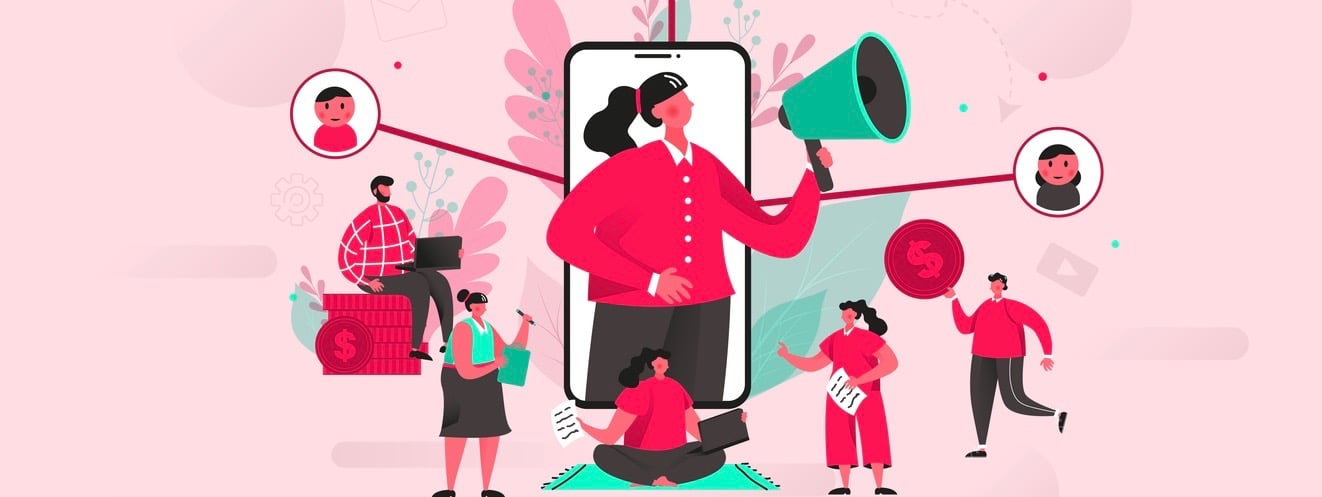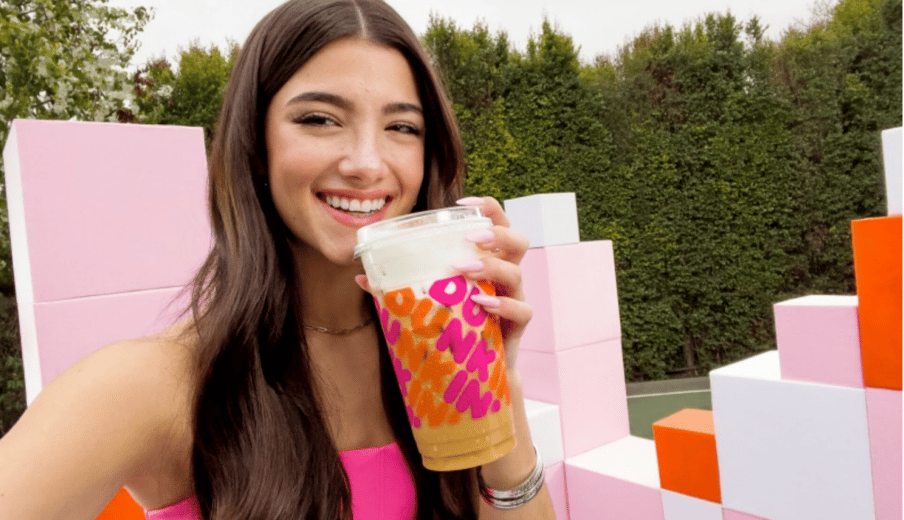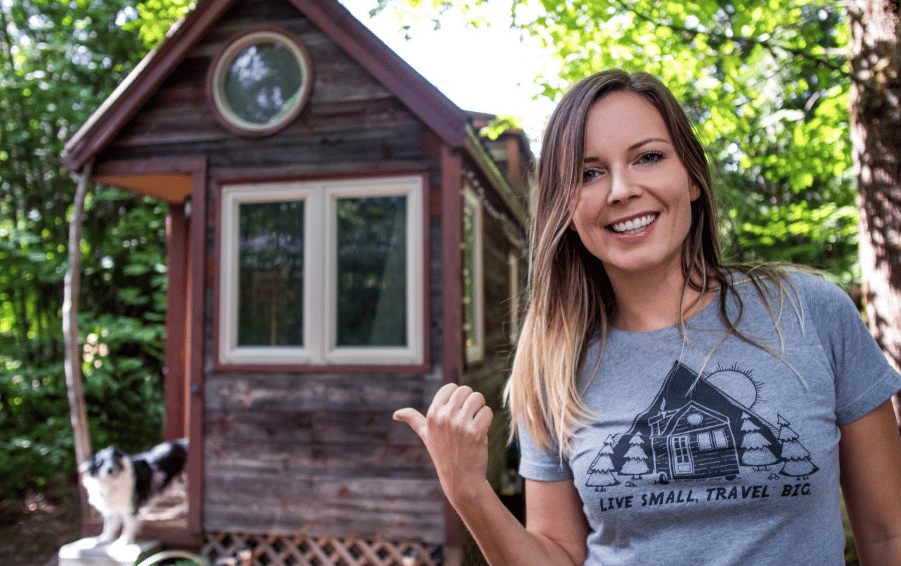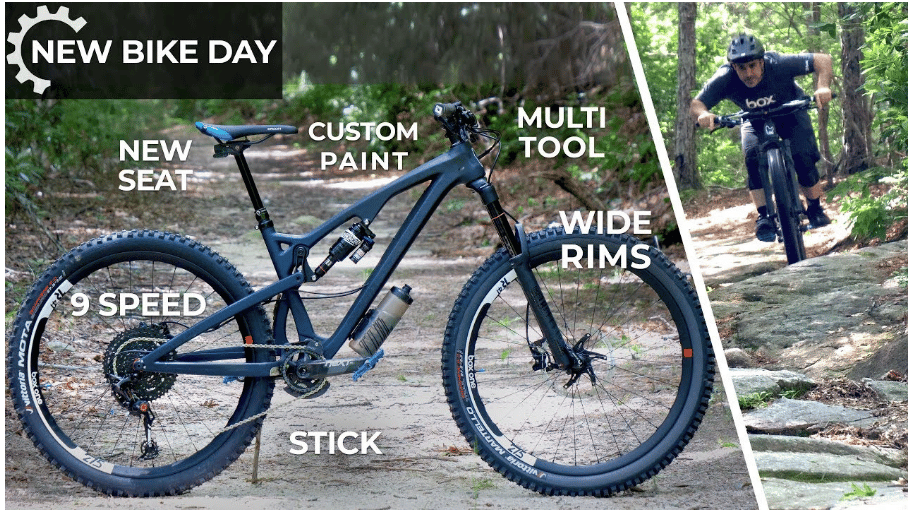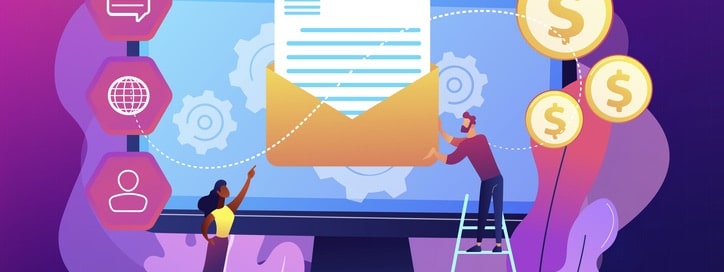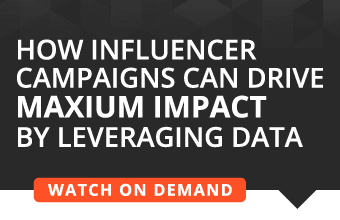Helping your business thrive in today’s constantly evolving digital PR landscape means accessing its most effective tools. This means that if you’re not already thinking about how to develop influencer partnerships, you should be.
According to Statista, the global influencer market has doubled since 2019 and is valued at 16.4 billion dollars in 2022. Influencer Marketing Hub reports that “61 percent of consumers trust influencer recommendations, compared to 38 percent who trust brand-produced content.”
This makes sense because influencers, or well-known online creators, invest massive amounts of time and energy into understanding and connecting with their audiences.
Influencers can validate your brand’s message in ways that’d be difficult or impossible using conventional marketing methods alone.
Think about it: If you need a new blender or are searching for jobs in Houston, how much more likely would you be to trust the input of a creator that you already follow than a nameless promotional spokesperson?
But this relatively new field of advertising can be intimidating or perplexing to those who lack experience. If this sounds like you, you’re in luck!
Here we’ll be discussing the most important things to keep in mind when developing your digital PR strategy by focusing on influencer relationships that can pay off big.
Ready to learn more? Let’s begin!
Choose carefully
Before you begin contacting and cutting deals with influencers, it’s essential to consider your business’ needs.
You may find yourself dazzled by famous names or eye-popping social media metrics. But an influencer’s ability to connect an audience to your message should be your most important deciding factor.
Research your potential influencer candidates and be thorough. Ask yourself:
- Has this influencer proven to have access to an audience relevant to my brand?
- What does this influencer bring to the table? How can their presence improve my brand’s identity?
- What values does this influencer show? Do they line up with those of my organization?
Dunkin’ thought through all of these questions before connecting with Charli D’Amelio.
The TikTok megastar was already well-known to her over 80 million followers for her love of caffeine. She signed a brand deal with the iconic coffee and doughnut chain in 2020.
The partnership produced a signature drink (The Charli) and custom content through Dunkin’s social media channels. This led to a 57 percent increase in downloads of the brand’s app.
In other words, well-chosen partnerships have the potential to lead to high ROIs. They can also generate excitement for brands within new or underdeveloped markets.
But enthusiasm is only one type of value influencers can add.
A carefully-selected influencer could also be the answer if you want to offer your audience additional knowledge and expertise regarding something you sell.
For example, an influencer who’s knowledgeable about real estate can teach your audience about mistakes to avoid when shopping for a home in a specific city. Or a cannabis-informed public figure could guide your followers on which Delta 8 brands to avoid.
Think about the outcomes you want for your brand and seek out influencers who’ve shown they can deliver.
Set goals and develop a plan
Once you’ve identified one or more influencers who’ll be good for your brand, start planning with the end in mind.
Some good questions to ask include:
- How will I track my influencer partner’s impact on sales or engagement?
- How will I define success for this campaign?
- What expectations should we set for this partnership?
Scheduling a focused, in-depth conversation to answer these questions at the beginning of the partnership is a great way to start.
You’ll also need to know what types of engagement the influencer you’re working with has developed with their audience. You can then collaborate to choose the best ways to incorporate your messaging into those channels.
For instance, if you have a keto diet weight loss app, an influencer known for healthy lifestyle content could integrate its features into their social media posts. If you’re promoting a restaurant, a travel vlogger could pay a visit and review your food when featuring your city.
Be sure to keep an open mind and consider a range of platforms when deciding where to invest in growing your audience.
Lots of people trust forums such as Quora and WikiAsk to provide information on everything from movie recommendations to parenting advice. These can be great places to build up your brand’s reputation or gather insights directly from your target audience.
Offer value
Popularity alone isn’t enough to make an influencer a great fit for promoting your business.
The plan you create needs to focus on key opportunities and benefits your spokesperson can highlight to show their audience that your brand is the real deal.
Creating a customer profile can be helpful here. If you serve a niche market, it’s important to find an influencer who understands their needs.
For instance, Jenna Spesard has been building, maintaining, and improving tiny houses since 2013.
She documents her experiences on her Youtube channel, Tiny House Giant Journey. Her 1.45 million subscribers tune in to view tours of tiny houses and alternative living spaces from people from all walks of life.
Jenna’s fans who are also living the tiny house life know that she understands their needs.
This deep commitment to a specific audience makes her the perfect ambassador for products folks might need, like solar generators or window units.
Know your options
Influencers who can add value to your message need incentives to get involved with your brand.
That’s why it’s important to get familiar with some of the most common ways influencers bring in revenue, which include:
- Affiliate marketing: Links to products or services through an influencer’s social media channels, video descriptions, or blog content. They earn commissions from sales through sponsored links.
- Display advertising: A creator adds visual promos, such as banners or video ads to their content.
- Sponsored posts: Your product or service is featured in an influencer’s post, story, or video.
- Events and appearances: An influencer makes an appearance during a live or virtual event. The influencer or your business could host this event. Events like these often require a subscription or paid entry.
- Co-created product lines: An influencer lends their name and design input to a specially released product. The influencer receives a part of the proceeds. These promotions are sometimes offered for a limited time or in limited quantities.
Assess your resources and carefully consider your goals to decide which of these is the best option to offer your partners in digital PR. But remember to keep an open mind as well.
The influencers you work with are deeply invested in understanding how their audiences will respond to different types of content. Their insight could be a huge factor in the success of your campaign.
Monitor results
Once your digital PR influencer relationships have been established and your campaigns are underway, you’ll need to be able to monitor their progress.
There are plenty of third-party options for ongoing analytics and campaign-focused metrics. But, with some creativity, you may be able to include ways to measure your reach by using the promotion itself.
Adapt and evolve
With careful planning and hard work, you may be able to build a long-term relationship with an influencer that benefits you both.
But change is inevitable, especially in the world of digital PR.
An influencer’s audience or focus can change over time. These changes may or may not be compatible with the needs of your brand. Be ready to respond by adapting the details of your partnership or seeking new ones.
For example, Seth Alvo has been a household name in the world of mountain biking video content since launching his hit YouTube channel Seth’s Bike Hacks (now known as Berm Peak) in 2015. His popularity quickly led to a sponsorship deal with Diamondback.
Seth built an audience of over 2 million subscribers by performing pulse-pounding tricks and offering skill tutorials on Diamondback’s latest and greatest models.
But over time, the channel’s focus gradually shifted to content focused on building features, testing products, and performing repairs. The two parties announced the end of their official partnership in 2022.
Diamondback has since moved on to sponsor other athletes, such as adventure and gravel cyclist Devin Cowens.
Even the most successful promotional relationships eventually expire. Remember to constantly monitor your influencer relationships and be ready to help them evolve or move on when the time is right.
Wrap up
There’s never been a better time to seek influencer relationships that can support your brand and help it grow.
Remember to set clear goals that can guide you as you hunt for the perfect candidates, create value for your audience, build mutually successful partnerships, and change with the times.
That’s it for today. To your success!

